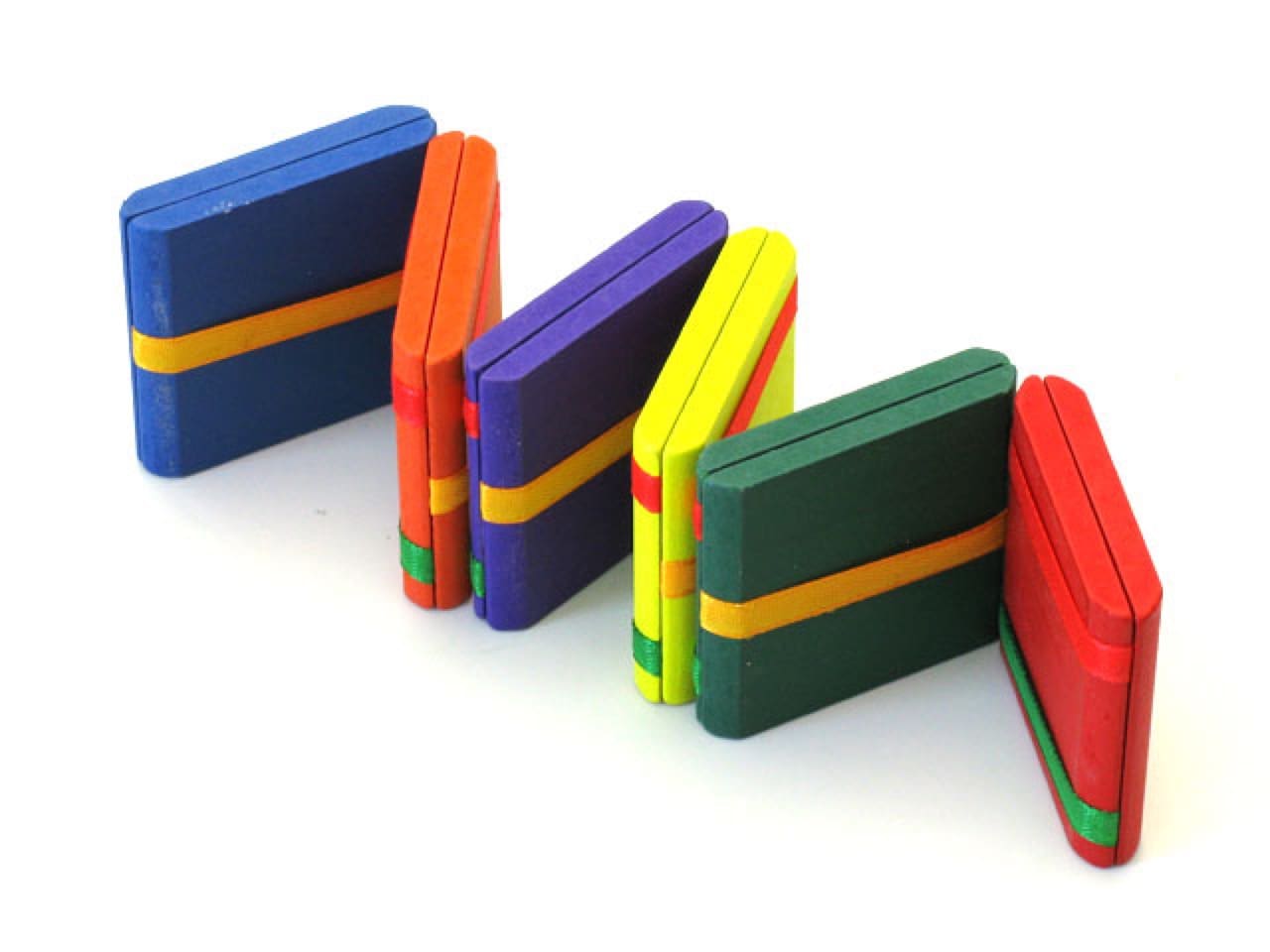3 minute read / Mar 2, 2015 /
The Seed Investment Market in 2015

The seed stage investment market feels like it’s changing quickly. Last year and the year before, the institutional seed investor came to the fore. These firms raised between $5 and $75M to invest in seed stage companies. In addition, VCs have been participating in the seed stage market as well, making 2013 a banner year for seed investment. Startups raised 132% more in seed rounds than in 2012. But what of 2014? And what does it mean for 2015?
| Year | Number | Total Invested, $M | Average Round Size, $k |
|---|---|---|---|
| 2013 | 1531 | 1255 | 820 |
| 2014 | 1265 | 1272 | 1006 |
2014 saw 18% fewer investments, but an equal amount of investment at $1.3B. Interestingly, the average round size increased by 25%. The table above uses Crunchbase data as a proxy for the seed market. It includes only US technology companies.
The larger round sizes shouldn’t be much of a surprise. Round sizes have increased in most fundraising stages, likely because 2014 was a decade high year for VC fundraising. Also, we’ve correlated larger seed rounds with greater Series A successin the past. Great companies attract more capital and great companies raise enough to ensure they can achieve the right milestones for the next round.
As for 2015, the data indicates seed investors are concentrating their investments in fewer deals, but willing to invest more. Roughly 2-3 years have passed since VCs and newer institutional seed investors have aggressively pursued seed investments. And consequently, investors have seen successes and failures, both of which inform their investment strategy.
In addition, as Sam Altman pointed out yesterday, the dynamics of the M&A market feel like they are changing:
anecdotally, it seems talent acquisitions are down at least 2-3x from a year ago
— Sam Altman (@sama) March 2, 2015If true (I wish I had the data to prove it), this trend alters seed investment math quite a bit, because companies which don’t work out won’t return capital to investors. This is perhaps another reason to concentrate more dollars in fewer companies.
If seed rounds continue to expand, as I expect it will, the $2-3M seed round will become increasingly common and eventually revive the old-school Series As that have been replaced by $7-10M Series As of the past year years. A rung on fundraising’s Jacob’s Ladder will flip.
Given the at least decade high volumes of capital in the seed market, the 2015 seed market should be just as strong as the 2014 and 2013 seed markets. Larger rounds will likely be the norm, providing startups more time to prove out milestones and raise the next round of financing. On the other hand, what that next round will be called by the end of 2015, whether it will be a Series A or Series B, is impossible to predict.
–
A note about the analysis. Crunchbase data accuracy increases with time as more funding announcements are made and more seed investment details are revealed. Crunchbase data in the previous quarter underestimates seed rounds by about 45%, and by about 20% for the quarter before. I adjusted February 2015 Crunchbase data in this way to create the 2014 analysis.